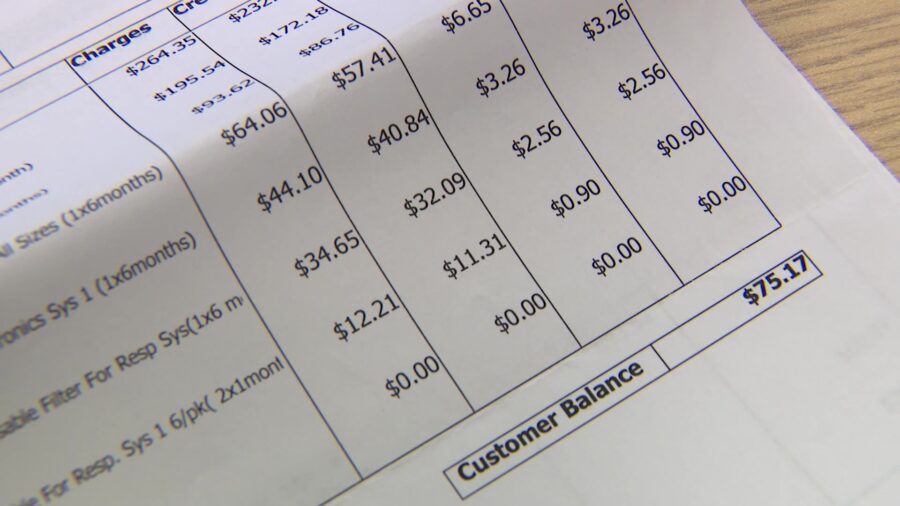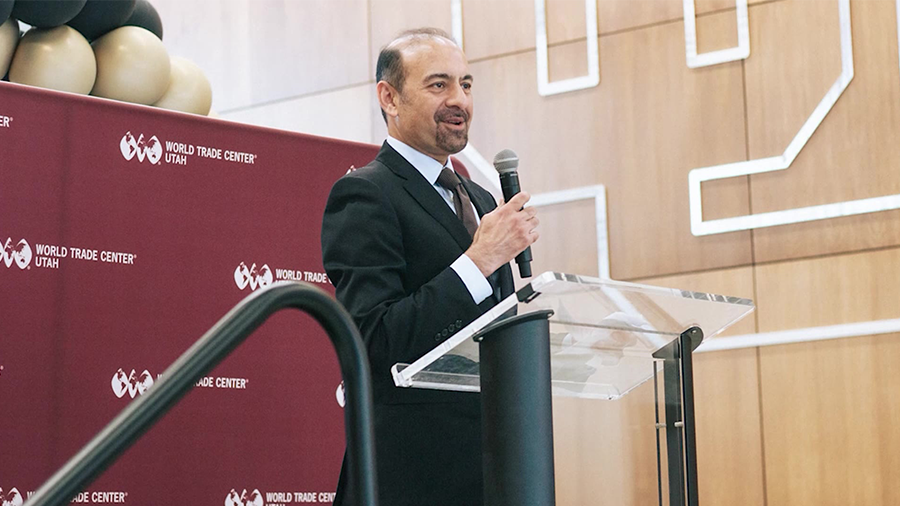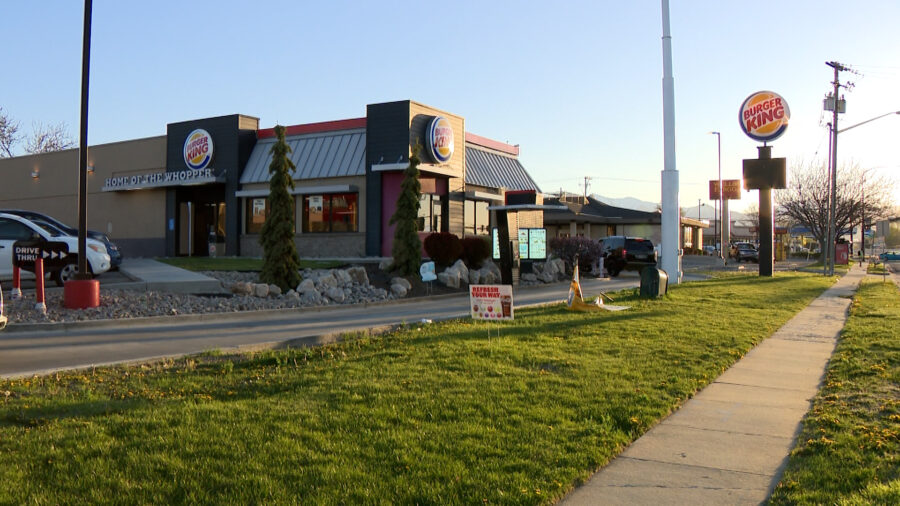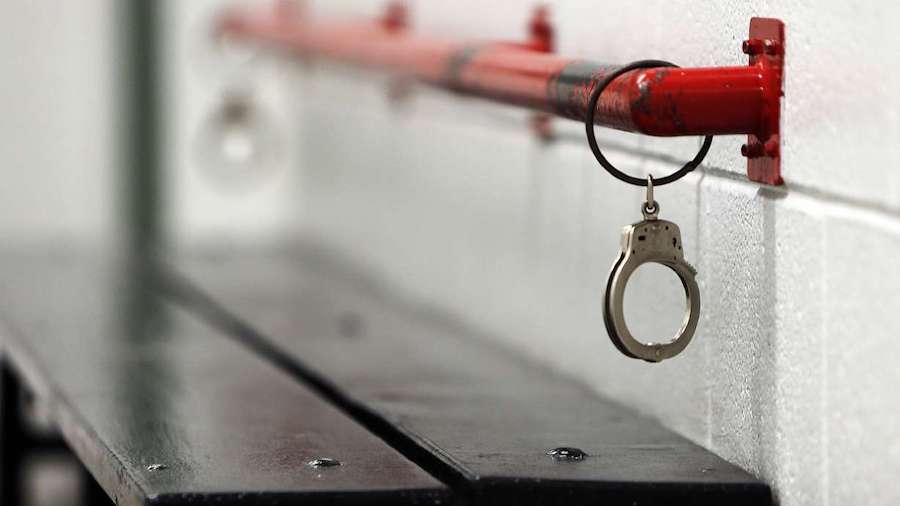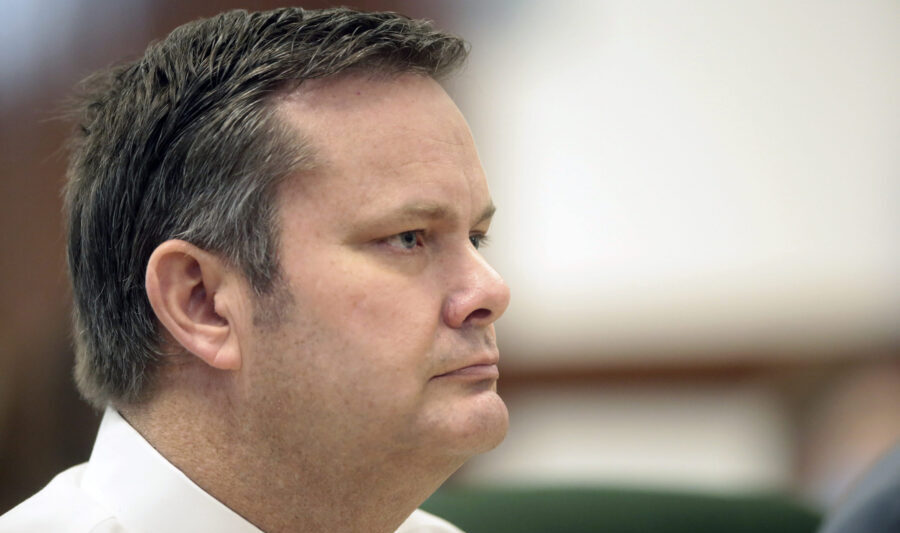Will I-15 expansion affect homes? Cox hopes not, but families will be ‘compensated’ if it does
Dec 17, 2022, 3:17 PM
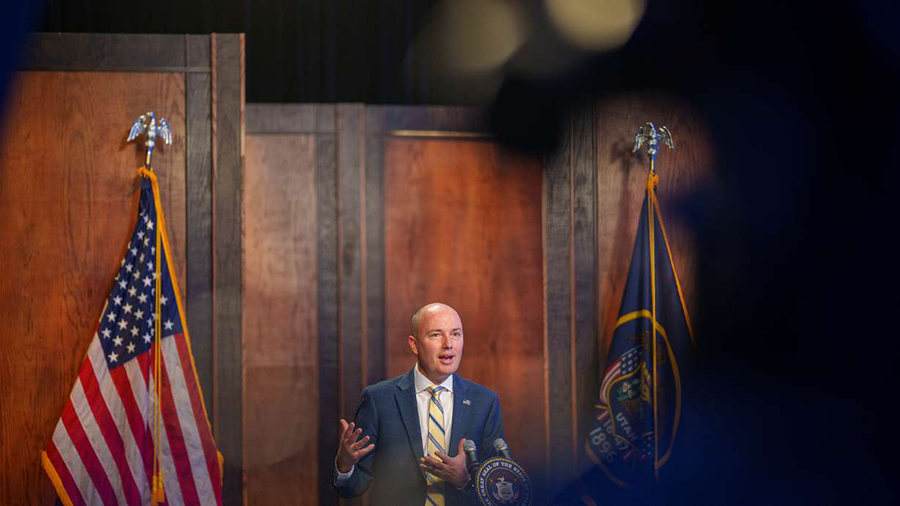
Utah Gov. Spencer Cox speaks at his monthly news conference in Salt Lake City on Thursday. Cox said that he hopes a planned I-15 expansion between Salt Lake City and Farmington won't impact homes but that families will be "compensated" if the project does. (Trent Nelson, Pool)
(Trent Nelson, Pool)
SALT LAKE CITY — Utah Gov. Spencer Cox said that he’s hopeful a plan to expand I-15 from Salt Lake City to Farmington won’t force people out of their homes, as Utah transportation engineers continue to piece together a draft environmental impact statement regarding the project.
And if the project calls for removing homes, the governor said affected families should be “compensated” for it.
“We’re going to be looking at this very carefully. … We have laws in place to protect those families. If we do have to move some of those families, they will be very well compensated for that,” Cox said during his monthly PBS news conference Thursday. “We try to avoid that at any costs and so we’ll continue to go through that process and see where that ends up. But I’m never a fan of forcing people out or forcing people to move unless there is no other possible route.”
The Utah Department of Transportation unveiled its alternatives for the 17-mile section of the freeway last month, and held a series of online and in-person open houses in the first week of the public comment process. The project also includes roadway redesigns for many of the intersections along the way in addition to the expanded lanes.
Project engineers said the idea to add either high-occupancy toll lanes or reversible high-occupancy toll lanes are projected to cut travel times from an hour to 28-30 minutes and 21-22 minutes, respectively, depending on the direction, by 2050. But it was also during the first online meeting that planners revealed possible “impacts to properties adjacent to I-15,” that wouldn’t be determined until engineers complete a draft environmental impact statement.
UDOT spokesman John Gleason clarified to KSL.com Friday that potential impacts to homes are still up in the air as the agency completes its study, which isn’t expected to be released until at least the second half of 2023. He notes that engineers will include feedback from public comments.
“We have the basic blueprint of those proposed alternatives right now, but what we don’t know is the amount of space that the alternatives would require,” he said. “We know (the alternatives) would serve the transportation needs for the area but we just don’t know how much space would be needed for those proposed alternatives.”
Communities on both ends of the project have their concerns about potential impacts.
Farmington city engineer Chad Boshell provided residents with an overview of the options during a Dec. 6 City Council meeting, acknowledging the options will impact several houses in Farmington and nearby communities in Davis County, based on the details of the alternatives currently provided.
That didn’t sit well with residents in the meeting. Russ Workman said he believes the project doesn’t account for the impact “on individual lives.”
“These are not streets, they’re neighborhoods. They’re not houses, they’re homes. And 10 (minutes) trade to kick someone out of their house is just not American,” he said, during the meeting. “It’s not what we ought to do.”
At the southern end of the project, Salt Lake City transportation director Jon Larsen tweeted last week that he believes additional lanes would only provide “marginal benefits,” arguing that investing in transit is a better solution to the long-term traffic congestion problem.
The project also reverses some of the goals city leaders have about repairing divides in the city caused by large freeways, Salt Lake City Mayor Erin Mendenhall said. Those divides have primarily affected the city’s west side in the past, whose residents have spoken out against the proposed expansion.
“Salt Lake City is focused on reconnecting and strengthening our communities that have been bifurcated for the sake of highways, and we are currently applying for significant federal funding to repair historical divides,” she told KSL.com. “Widening those divides — especially if that means eliminating homes — is completely antithetic to our goals as a city.”
Friday was the original deadline for public comment on the I-15 plan; however, the public comment period has since been extended to Jan. 13, 2023, allowing for additional time after the holiday season. Comments can be made via the UDOT website or emailed to i15eis@utah.gov.
The forthcoming draft environmental impact statement will also go through a public comment period after it is released late next year, or even later, according to Gleason.
“The most important thing for us is to make sure we have a thorough process and that we’re closely evaluating all the public comments,” he said.


